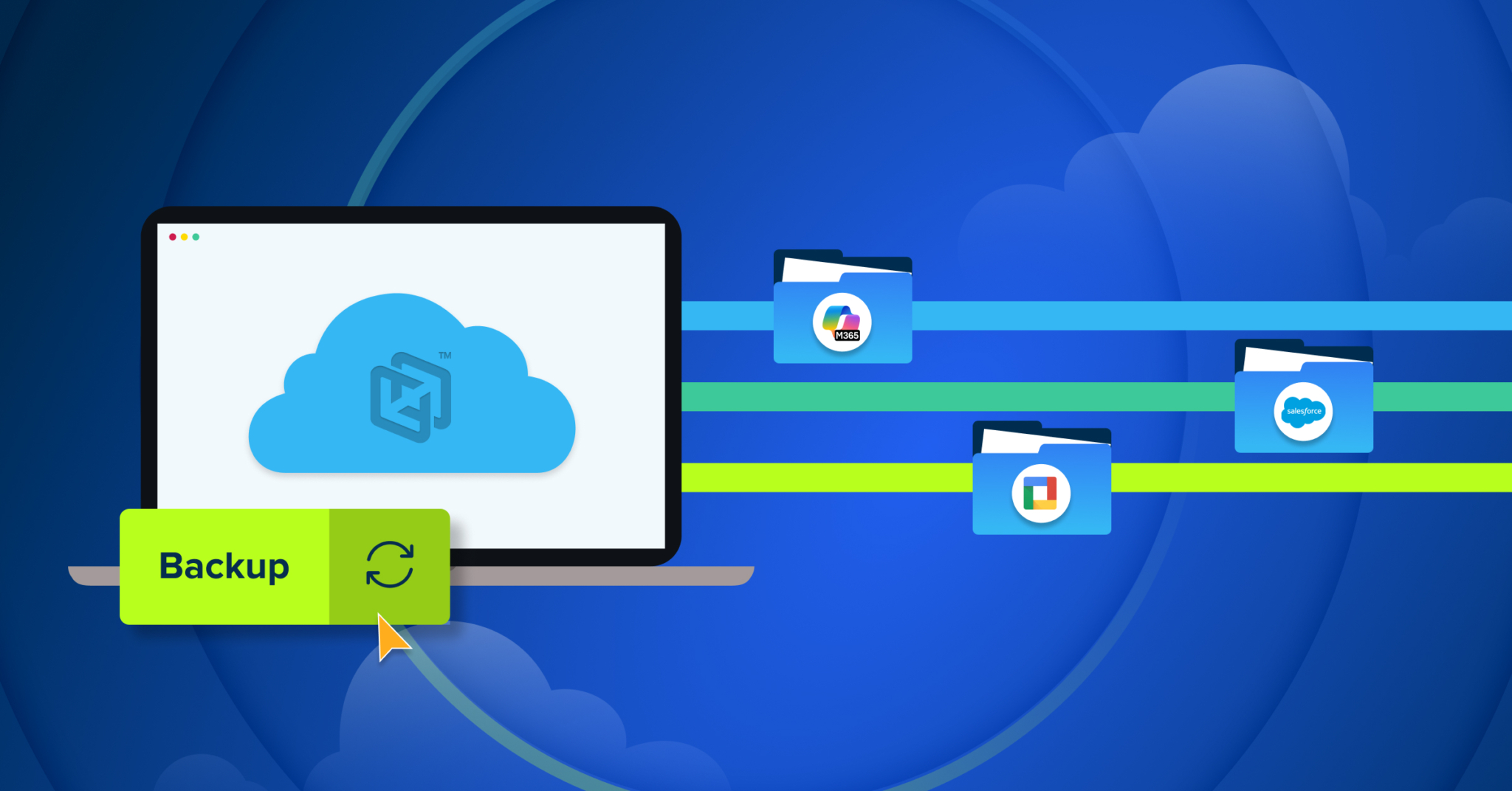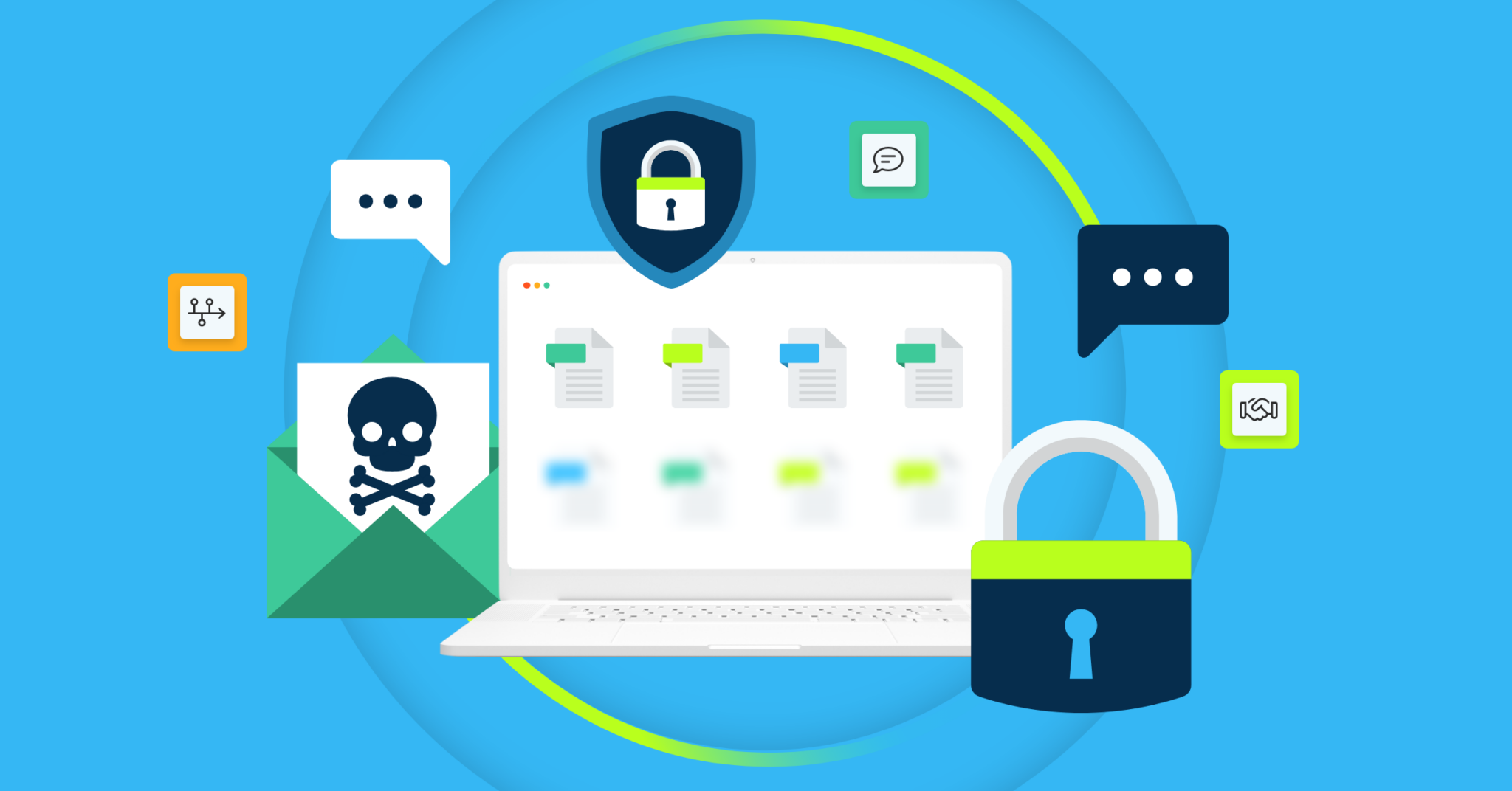
As we look to 2024, we will all be reading articles predicting trends to be aware of as we move into the new year and beyond. Without a doubt, there are always a number of trends on the minds of security leaders and practitioners such as the impacts of:
- Generative AI on both the attack and defense sides
- A shortage of skilled cybersecurity talent
- The need to more broadly adopt zero trust
- Security budget challenges for organizations
- Ever-increasing sophistication of phishing and social engineering attacks
- Ransomware attacks
- Supply chain risks
I could go on, but you get the picture. As security professionals, we have a tough job that is not always appreciated and we are on the hook when things go wrong.
2024 Cyber Trends for Data Recovery & Resilience
Almost all of the upcoming and current trends you will read about will underscore the importance of one key element in cybersecurity which is the importance of having strong cyber resilience and data recovery capabilities. You must protect your organization’s data and ensure your team has the ability to resume operations. Security teams are constantly dealing with risks and threats to their organizations ranging from malicious actors, evolving attack methods, zero-day vulnerabilities, phishing and social engineering, ransomware, supply chain and infrastructure risks to name a few. Compounding these risks is the fact that bad actors no longer require a high degree of technical sophistication to successfully attack organizations. Let’s face it, we live in challenging times, and guess what? Things are not going to get easier.
In a recent article published in Forbes, global cybercrime damage costs are expected to grow by 15 percent per year over the next two years, reaching $10.5 trillion USD annually by 2025, up from $3 trillion USD in 2015. This year, we have seen the impacts of high-profile ransomware attacks across a broad swath of industries including hospitality, education, government, media and entertainment, energy, financial service and healthcare.
On an international level, governments are taking steps to address cyber crime and ransomware attacks as well. Will further regulatory requirements follow? Recently at the International Counter Ransomware Initiative more than 40 countries including the US and EU member countries pledged to no longer pay ransom to cyber criminals. It is unclear if this will translate into further regulations for the private sector as of yet, but the initial pledge seeks to eliminate the criminals’ funding through better information-sharing, blacklisting and transaction monitoring.
The effects of a data breach or ransomware attack can be devastating to organizations and not just from a financial standpoint, there are also legal, compliance, operational and reputational impacts that can cripple organizations in the wake of an attack.
Let’s be honest, even organizations with mature security capabilities can fall victim to a data breach or ransomware attack; good security consists of the right people, processes and technology – no tool is perfect, people make mistakes and processes can fail or have gaps. This is why having solid cyber resilience and data recovery capabilities are more important than ever for organizations. Data backup and recovery is a key element in defense in depth to protect your organization when bad things happen and allows you to resume operations and focus on the business of running your business.
Data Resilience Trends to keep an eye on for 2024 and beyond:
Backup and Recovery – With the ongoing threat of ransomware attacks there will be broader adoption of purpose built tools and platforms designed to maintain immutable, encrypted and isolated data backups for endpoints and critical cloud applications
Immutable Data Storage – The broader demand for immutable data storage solutions is on the rise. Immutable storage prevents unauthorized modification or deletion of data, providing an added layer of protection against data tampering and ransomware attacks.
Backup Metadata and AI/ML – Enhanced capabilities to identify anomalies, corrupted files, and healthy restore points for off-site backup sets; and incorporating file metadata feeds from backup tools into SIEM to enhance protection and response capabilities.
Data Resilience as a Service – The adoption of Data Resilience as a Service (DRaaS) solutions will grow. These services provide cloud-based backup, disaster recovery, and data protection, offering flexibility and scalability to organizations.
Regulatory Compliance and Data Governance Changes – Compliance with existing data protection regulations will continue to drive the adoption of improved data resilience capabilities and practices.
Exploring Data Resiliency:
Listen in to Todd Thorsen’s discussion on data resiliency featured in an episode of Industry Voices on CyberWire.






